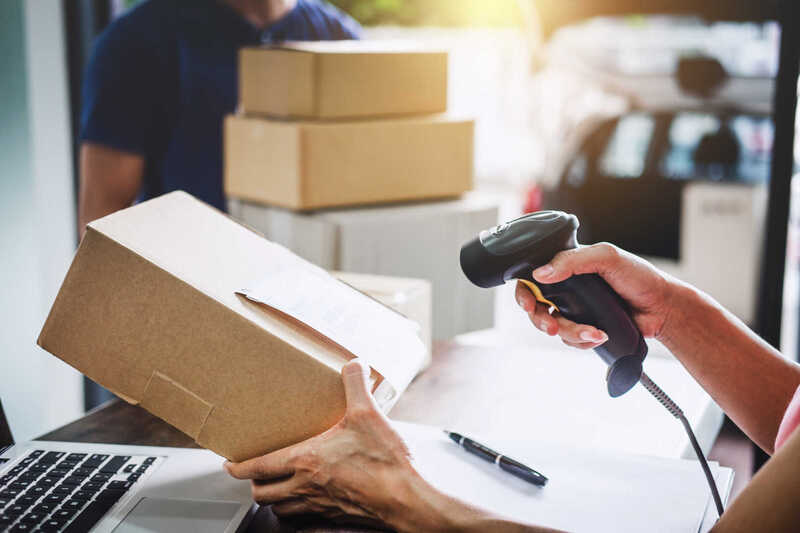Smart packaging and products influence customer behaviour

An Ipsos survey found that 67% of American buyers consider packaging material when making a decision and 72 per cent are driven by packaging design. The shift to smart packaging only reinforces this consumer sentiment. Smart packaging extends the functionality of conventional packaging by going beyond the basics of product protection and branding.
Also referred to as connected, active or intelligent packaging, it transforms packaging into a tool that facilitates information exchange between consumers, products, and manufacturers. Smart packaging utilises barcodes, QR codes, NFC tags, RFID tags, IoT sensors, and other digital elements to engage consumers, establish authenticity, confirm quality, and track a product’s journey.
Here’s how smart packaging affects customer behaviour.
- Branding. First impressions matter. And in a world where e-commerce transactions are to eventually surpass physical store sales, your product packaging is the first (and probably only) physical contact a customer will have with your business. Smart packaging can help you make a good impression from the get-go. It can just be a solution to transitioning a first-time buyer into a repeat customer. Your product may be a cut above the competition but the packaging could plant negative sentiment that is hard to forget even when the buyer experiences your product’s superior features.
- Marketing. We are living in a world where social media is ubiquitous. Every day, billions of photos and videos are shared on major social networking platforms like Facebook, Instagram, TikTok, Twitter, Snapchat, WhatsApp, and YouTube. Tons of this content is from regular people posting interesting happenings from their everyday lives. Their opinion holds substantial sway within their small social circle. Regular users are more likely to share a photo of the product and packaging when your product’s packaging is appealing, exceptional, and memorable. That small social circle can be a source of new leads and conversions.
- Authenticity and traceability. If you have been buying sneakers for a while, you likely know there is an enormous market for counterfeit sneakers that imitate all major brands. It’s a problem that plagues many industries. If your product/brand is any good and has mass appeal, someone will try to create a fake version. Sometimes, counterfeits are so convincing that the average buyer may have difficulty telling the difference at face value. Left unchecked, they could tarnish your reputation given their lower quality. Smart packaging gives every shipment a unique identity. This can be useful in warding off counterfeits and eliminating grey market diversion. Tracing the product’s path through the supply chain to the doorstep via a website or a mobile app is a worthy option to provide. It could incorporate granular detail as and where needed such as freight rates.
- Personalisation. Two random customers may be buying an identical product. However, they may not necessarily intend to use it in the exact same way. Smart packaging allows the seller to associate specific information with a particular package. For instance, condition controls could be aligned with the fulfilment route dynamics and final destination. Furthermore, in case a recall is needed, both the seller and buyer can use the unique product information to quickly determine if a particular delivery falls within the affected products.
- Product information and production transparency. Just because you know you need a particular product does not automatically mean you will understand how to extract maximum value from it. While certain information could be available on the product’s official website, it helps if this data is available once it’s in the hands of the buyer. Traditionally, pamphlets included with the packaging often have this information. With smart packaging, this data is available or reachable in digital form via tools like QR codes. The information could go beyond product functionality and frequently asked questions. For example, it could showcase the item’s production and environmental sustainability for the eco-conscious consumer.
- Quality assurance. Smart packaging may incorporate package sensors that monitor the product’s integrity from within. Confirming that the product is still in optimal condition as it moves through the different stages of the e-commerce fulfilment process can create a significant market advantage. For instance, packaging that changes colour if exposed to certain atmospheric stimuli can affect product quality. For food items, smart packaging may also provide a tool for confirming the true expiry date of a product in case the date on the product label is erroneous.
Wrapping up
Irrespective of the nature of your product, you likely have to contend with intense competition for market share. While every business hopes to present a unique sales proposition, chances are there’s not a world of difference between your product’s technical capabilities and that of your competitors.
Smart packaging may not be a silver bullet but it can make a substantial difference. It could significantly grow sales by strengthening brand identity, improving customer interaction, built-in customisation, and integrating traceability. The smart packaging market is expected to reach $31.94 billion by 2027.
Author: Geoff Whiting is the senior writer for Red Stag Fulfillment, an eCommerce 3PL focused on supporting heavy, bulky, and high-value products.

